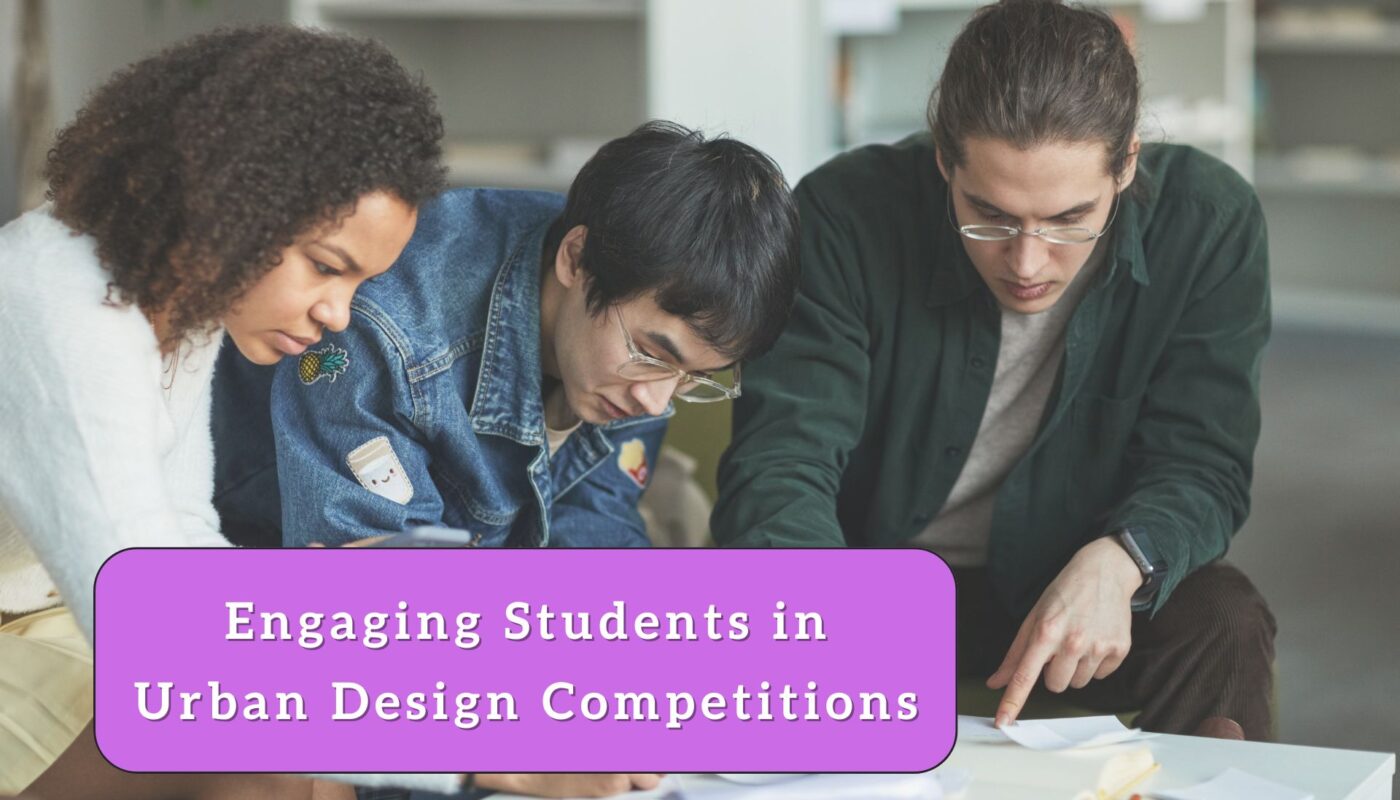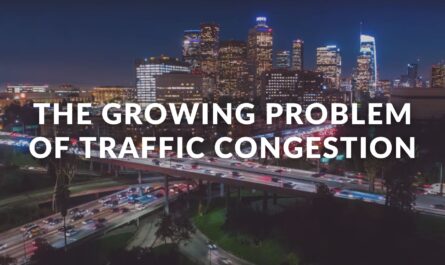It may appear that only experienced architects and planners work in urban design and city planning, but more and more, students are taking on these responsibilities. Their academic expertise may be applied to real-world problems through urban design contests, which are becoming more important due to the increasing focus on innovation and sustainability in cities.
Why Student Competitions Matter
Urban design competitions serve as more than just a showcase for budding talent; they’re a crucible for innovation, collaboration, and practical learning. Here’s why they’re gaining traction:
- Real-world Application
Students get to tackle actual urban challenges, applying theoretical knowledge to tangible problems. In terms of training students for future jobs, this practical experience is priceless. - Learning via Collaboration
Teamwork is a common component of competitions, reflecting the multidisciplinary character of urban planning as a profession. By collaborating with classmates from many walks of life, students develop their interpersonal, communication, and collaboration abilities. - Launchpad for New Ideas
In order to stay ahead of the competition, students need to be creative and come up with innovative ideas. As a result of not being bound by the rules of the past, young professionals are able to look at old problems with new eyes. - Possibilities for Making Connections
Interactions between participants and industry experts can result in internships or even employment offers. After graduating, these relationships can help students begin their professions. - Public Engagement
Many competitions require considering community feedback, teaching valuable stakeholder management skills. This aspect helps understand the importance of designing with and for the community. - Exposure to Real Constraints
Students learn to work within realistic constraints such as budgets, zoning laws, and environmental regulations, preparing them for the realities of professional practice. - Global Perspective
International competitions expose students to urban challenges from different parts of the world, broadening their understanding of global issues.
From Classroom to City Streets
The jump from textbook learning to practical application can be daunting. Urban design competitions help bridge this gap by presenting complex challenges. For instance, a competition might task participants with revitalizing a neglected waterfront.
Competitions help bridge this gap. Instead of simply studying city design from textbooks or case studies, students are encouraged to address problems specific to a city or community, often incorporating complex data and real-life constraints like budgets, zoning laws, or environmental concerns. This hands-on experience provides an overarching learning experience that theory alone can offer.
A mid-sized city’s neglected waterfront might be the target of a contest requesting contestants to revitalize it. When taking on this project, there are a lot of things to think about, such how to incorporate green areas, make sure everyone can get about, keep the flood defenses in good repair, and protect historical sites. Not only would they have to be imaginative with the design, but they’d also have to know how their plan would affect the city’s economy, society, and ecology.
Oftentimes, contests take it a notch further by mandating that competitors interact with locals or stakeholders. To better understand the needs and preferences of community members, students may, for instance, be requested to collect feedback from them. An important skill that is gained via these competitions is the practice of public participation, which is fundamental for developing inclusive places. By listening to members of the community, students learn to balance their own professional knowledge with that of the people whose needs and wants will be met by the places they create.
The Role of Technology in Competitions

City design contests are increasingly centered around technology as smart cities become the standard instead of the exception. They allow learners to try out different kinds of technology that they would not otherwise get the chance to use in a classroom. Some examples of the tools they could employ include 3D modeling software for creating virtual models of their designs and Geographic Information Systems (GIS) for analyzing geographical data. Your ability to work with these technologies will provide you with marketable abilities that are in high demand in the architectural and design industries.
Here’s a quick look at some technologies making waves in design competitions:
| Technology | Application in Urban Design | Student Learning Outcome |
| GIS (Geographic Information Systems) | Spatial analysis and mapping | Data-driven decision making |
| 3D Modeling Software | Virtual city prototyping | Visual communication skills |
| IoT (Internet of Things) | Smart infrastructure design | Systems integrative thinking |
| VR/AR (Virtual/Augmented Reality) | Immersive design presentations | Advanced visualization techniques |
| AI and Machine Learning | Predictive city planning | Algorithmic problem-solving |
Preparing for Tomorrow’s Challenges
Competitions don’t just focus on current issues; they often ask students to envision the cities of the future. This forward-thinking approach is crucial as urban areas face mounting challenges related to climate change, population growth, and evolving technology.
Students participating in these competitions might find themselves designing:
- Carbon-neutral neighborhoods
- Disaster-resilient infrastructure
- Inclusive public spaces that adapt to changing community
- Urban farming solutions for food security
- Multi-modal transportation systems that prioritize sustainability
Young professionals are not only preparing themselves for careers in urban design but also contributing to the ongoing conversation about how we can build more sustainable, inclusive, and resilient cities. The solutions they propose in competitions could very well shape the cities of tomorrow.
The Ripple Effect
The impact of students in these competitions extends far beyond the participants themselves. Winning designs often attract media attention and public interest, sparking broader conversations about urban development. In some cases, student proposals have even been implemented, turning theoretical exercises into real-world improvements.
Moreover, these competitions serve as a valuable resource for cities and communities. They offer a flood of new concepts and creative solutions, sometimes for far less than the price of expert advice. Students get practical experience while communities get innovative design concepts; it’s a win-win situation for everyone involved.
Building More Than Just Cities
Student urban design contests are about much more than merely building resumes and taking part in academic activities. They signify an important change in our strategy for city planning and growth. These competitions are nurturing a new generation of urban designers who are creative, tech-savvy, and acutely aware of the complex interplay between various community systems.
As our cities continue to develop and encounter new challenges, the relevance of these student competitions will only grow. They are not only shaping the future of urban environments; they are also influencing the future of the urban design profession itself. Ultimately, these competitions are building more than just cities—they are creating the problem-solvers and visionaries of tomorrow.

